Bangka island: coral reefs & macro critters
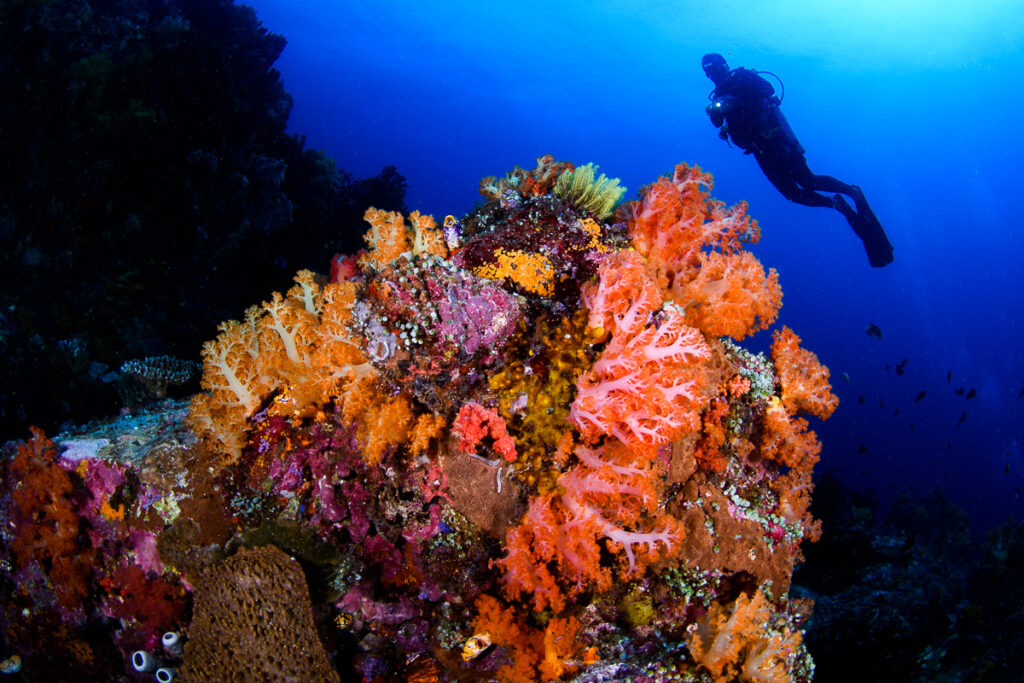
After a few years focusing my diving around Australia’s temperate waters, I was looking for a destination with vibrant tropical gardens, the sort of color festival which urges you to grab a wide-angle lens and take photos. Bangka island (Indonesia) came recommended as a top-pick to quench my coral-thirst…

Getting there
Bangka is the largest of three islands situated at the tip of North Sulawesi: Bangka, Gangga and Talise. The nearest international airport is in Manado, from which you can reach Bangka within an hours’ drive and a 20 minutes boat ride.
The Resort
I stayed at Murex Bangka Resort, which is tucked-in between tropical trees, behind a white-sand beach which boasts a healthy, shallow coral reef. My room was an ocean-facing bungalow (they have hillside cottages too), and I couldn’t get enough of the paradise postcard, which unfolded whenever I opned my front door!

As an underwater photographer hauling lots of equipment, the logistics around camera gear are always top of mind for me. When I visited in June 2022, the resort had a small though convenient camera room located at the back of the restaurant and lounge area. However, a brand-new camera room was under construction with the new dive center, it will cater for 20 image makers when it completes in November 2022.
My days in Bangka would start with a double-tank dive in the morning, followed by a return to the resort for lunch and a third boat dive in the afternoon. Night dives could be arranged too, either on the house reef or from a boat.
Being located at the Southern tip of Bangka island, the resort offers easy access to 4 sites on the mainland (Sulawesi), in addition to the 17 sites spread around Bangka itself, plus 7 sites on Gangga and Talise, so there is a huge underwater playground to explore.
As a pleasant surprise, the seas around Bangka were pretty calm and I didn’t have to use my Kwells pills! The neighboring islands offer a fairly good protection from ocean swells, and I was told that the sea only gets choppier on the northern side of Bangka, which is exposed the open ocean.
Finally, the dive guides are not only very knowledgeable about the sites and local marine life, they also have received photography training, with some being underwater photographers themselves. As a result, my guide doubled up as a talented model and a great photo assistant!

Wide-Angle Coral Gardens
Like I mentioned above, my main motivation for visiting Bangka was to photograph lush coral reefs and I have been well served in these regards! With around 20 meters visibility most of the time, I could appreciate the gently sloping reefs, bottoming-up to 30-40 meters most of the time, with a few pinnacles (covered with corals) to spice-up the underwater landscape.
For wide-angle scenery, my very favorite spot was Sahaung, near the resort on Bangka’s south. Sahaung boasts an extravaganza of soft and hard corals, an interesting topography with a pinnacle spanning from 35 meters to nearly the surface. Since I had a wide lens I was looking for mid-to-large sized wildlife, and encountered a pair of giant frogfish (frequently seen there), resident juvenile white-tip shark under a table coral, crocodile fish and anemones teaming with clownfish.

The runner-up was Batu Goso, on the North-East of Bangka island. This site doesn’t have as many soft corals as Sahaung, but it was covered with colorful hard corals of diverse shapes, and the reef drop-offs are steeper than Sahaung. Cherry on the cake: there is a very photogenic vertical cave that is wide enough to swim into. The top of the cave – which is covered with soft corals – is at 30 meters depth, so watch your SPG! Whilst Bangka isn’t known for big marine life encounters, sites like Batu Goso are more exposed to the open oceans, and I had four large tunas pass by few meters away, just as I exited the cave, so you never know what you might see there…
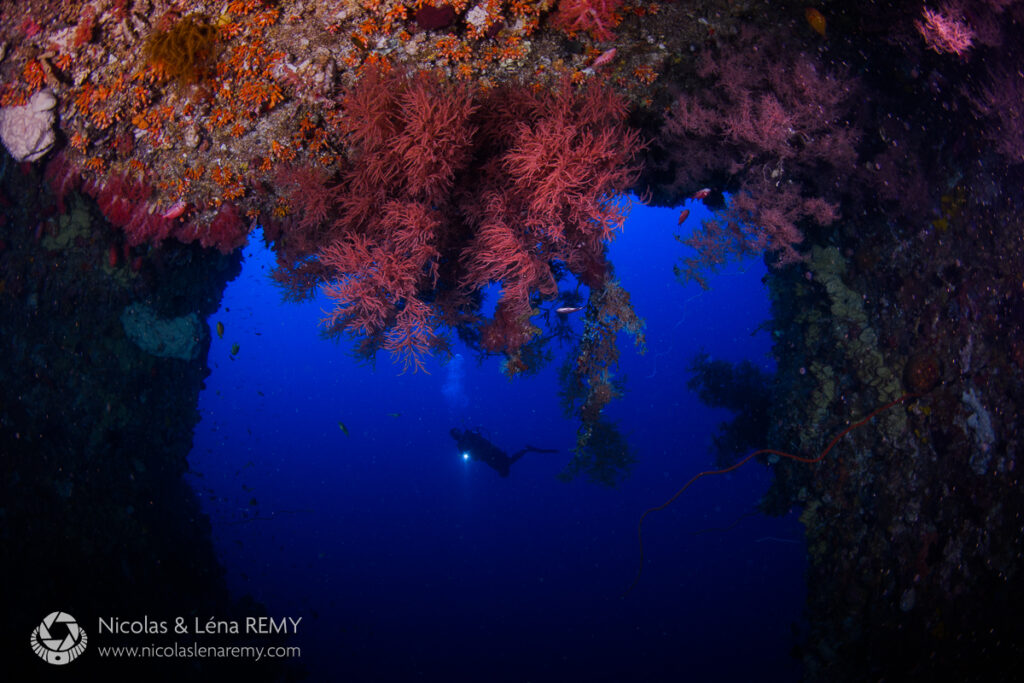
As always, the most healthy corals are exposed to currents, so our boat captain picked dive sites according to the time of the day, allowing us to dive with limited to no currents most of the time.
Most days, we had two morning boat dives around Bangka island (5 to 15 minutes by boat), which were all about coral sceneries, whilst in the afternoon we often switched to diving the tip of Sulawesi mainland (20 minutes boat rides), where we had a mix of coral fans and sandy slope, for a bit of muck diving.
We did experience some heavy currents on the south-west of Bangka on one occasion, and on Sahaung another time. For the latter, I plead guilty for insisting to have a third dive there on the same day, as I wanted to explore it with a macro lens too!

Great Macro opportunities
I hadn’t thought too much about small critters when picking Bangka, but I am glad I had brought a macro lens too! Within those vibrant coral reefs, if you pay attention (or ask your dive guide), you can see some highly desirable subjects, from a macro photography standpoint. For example, I photographed several pygmy seahorses (Hippocampus bargibanti), whip-coral gobies, anemonefish, spotted porcelain crabs, leaf scorpionfish and peacock mantis shrimps.

There are also some good muck-diving sites which I visited, such as Sampiri on the Sulawesi side, where we saw the intriguing solar-powered nudibranch, which literally harnesses energy from the sunlight (photosynthesis) and is about 15cm long! I also had an excellent muck night dive right on Bangka, where we had snake eel, mantis shrimp, humphead scorpionfish and – my favorite encounter – a coconut octopus.

This clever cephalopod is known for living inside empty coconut shells, but it will also use discarded glass bottles or… assemble a few shells to serve as protection. In fact, my dive guide carried a few shells with him as an offering, should we find a coconut octopus. The first one we saw gaged the offering with a tentacle, and politely declined, pushing it away. However later in my trip we saw another coconut octopus, which was quite pleased with the propose shell, and we saw it “upgrade” from its previous shell to the new one!

I saw more macro species than I can list in this article, and most of the time I was focused on wide-angle photography, but if macro is your thing, you certainly can spend a week diving in Bangka and not get bored.
The House Reef
In fact, my only regret from this trip is not having spent more time snorkeling the house reef off Murex Bangka Resort. I only went snorkeling the day before my departure, to realize how much marine life there was in the shallows: I photographed clownfish and their anemone in only 1.5 meters of water, few meters off the beach! Grab a tank to explore deeper and you can find pygmy seahorse right off the resort. If you opt to scuba-dive it self-guided with a buddy, be sure to ask the dive center when to go, to avoid currents. You can also rent a kayak to explore that reef from above.

The Coral Farm
Finally, it was good to see Murex Bangka resort doing their part in caring for the environment. Not only do they use solar panels to supply part of the resort’s electricity, they have also created, and are maintaining a coral nursery, a few hundred meters north of the resort. I have dived on this coral farm and it was good to see turbinaria and acropora hard corals growing healthy, on an area where corals had previously vanished.

Final words
Aside from water-based activities, it is possible to go hiking on Bankga island, visit the local village of Lihunu or take a day trip to explore North Sulawesi mainland. In the resort itself, wildlife lovers will enjoy seeing hermit crabs on the beach, and I had the chance to see the rare cuscus, a marsupial bear feeding in the trees just above the resort. All-in-one, I fondly enjoyed my time in Bangka, the secluded location of the resort, good food and many underwater photo opportunities, both in wide-angle territory as expected, and in the macro realm too.


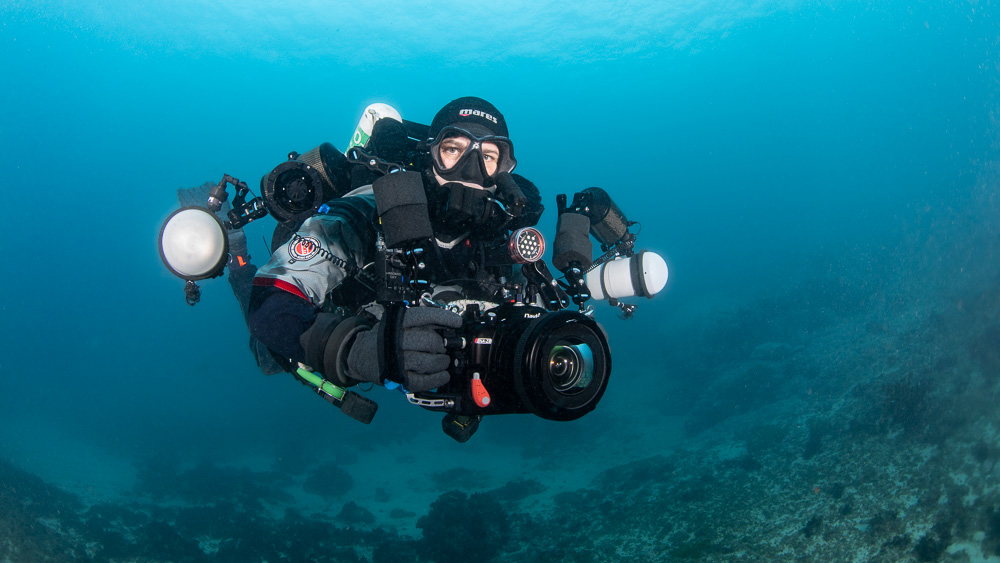
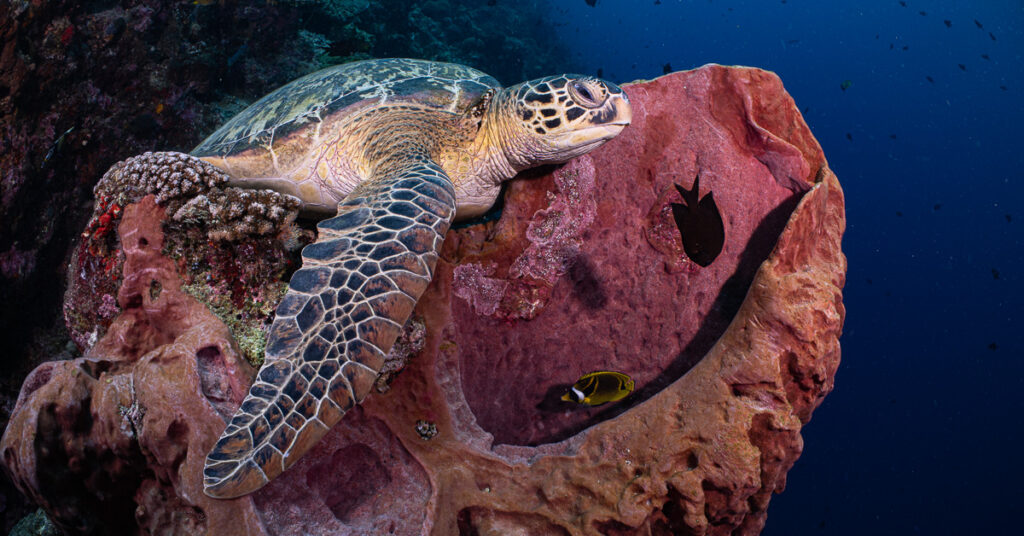

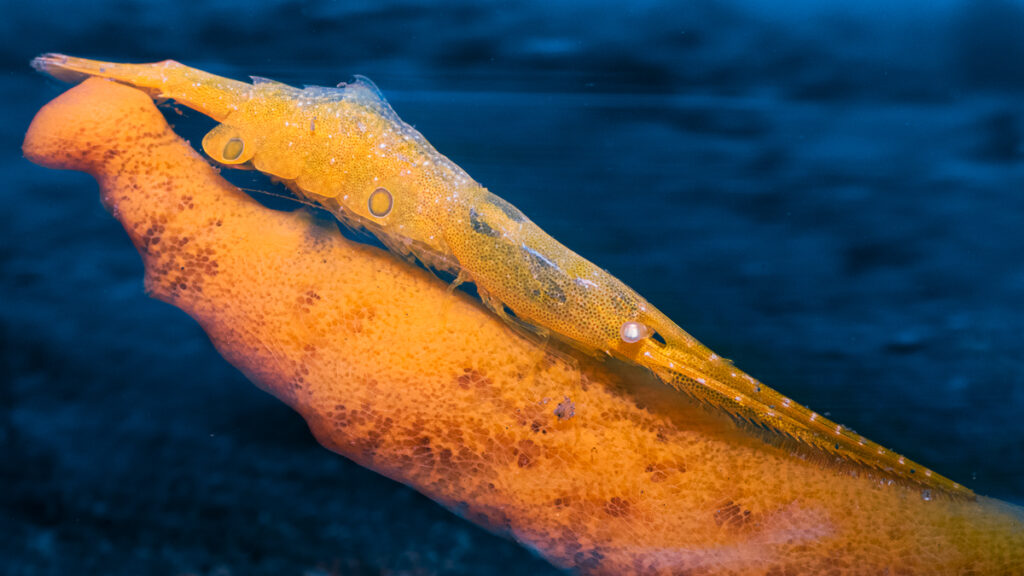

Comments